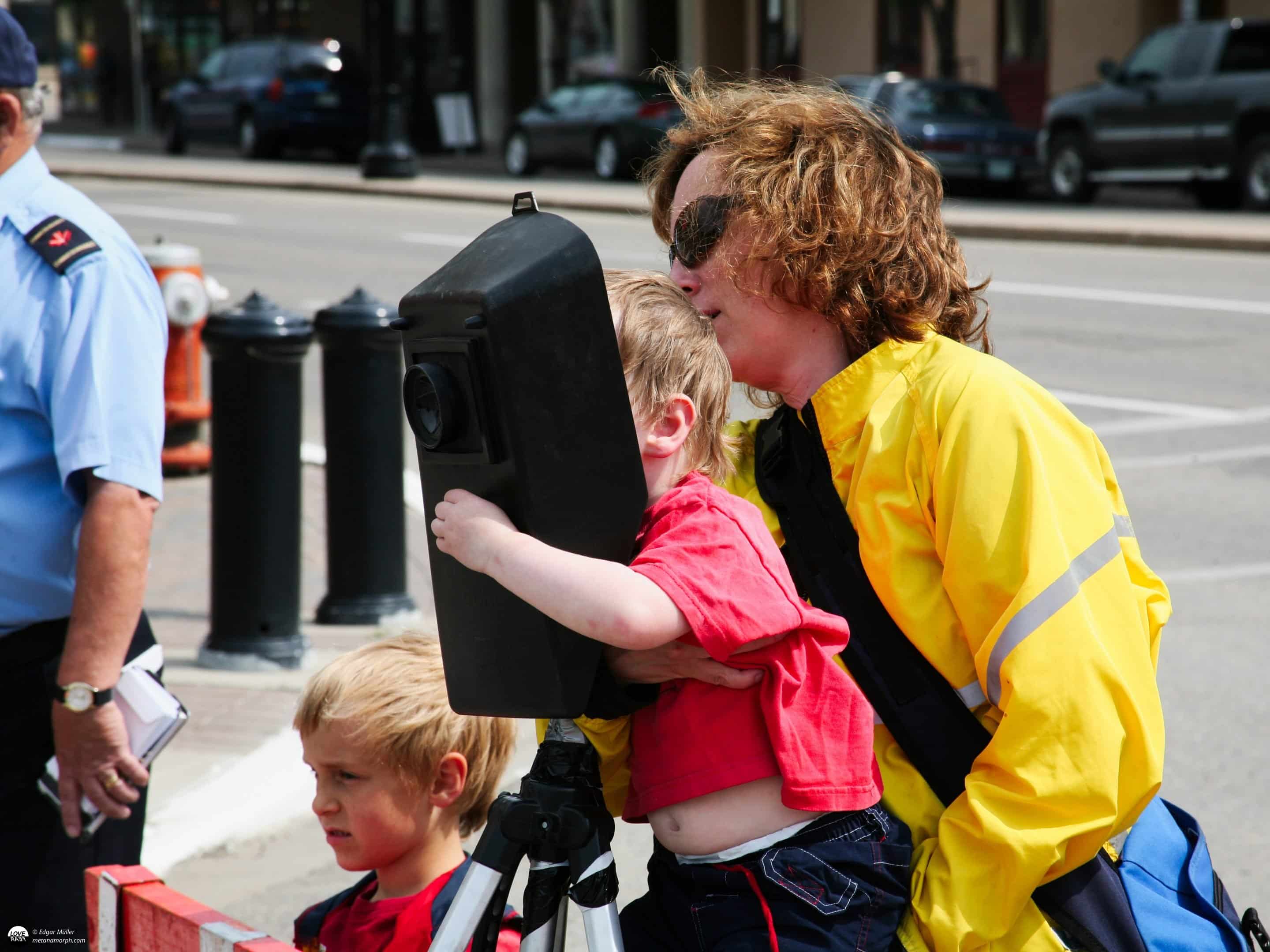
FAQ
Questions about 3D street painting/3D street art.
Can you make a living from it? How long does a 3D street painting last? Is street painting everywhere allowed? Your question has not yet been answered here? Then just send me a message. I’m happy to answer.
With over thirty years of experience as a street painter, I have an easy answer. The technique of 3D street painting / 3D street art is a complicated thing if you take a closer look. But the principle follows perspective laws and is relatively easy to understand.
Even the naming of this relatively new art form raises questions. Is it called 3D street art or 3D streetart?